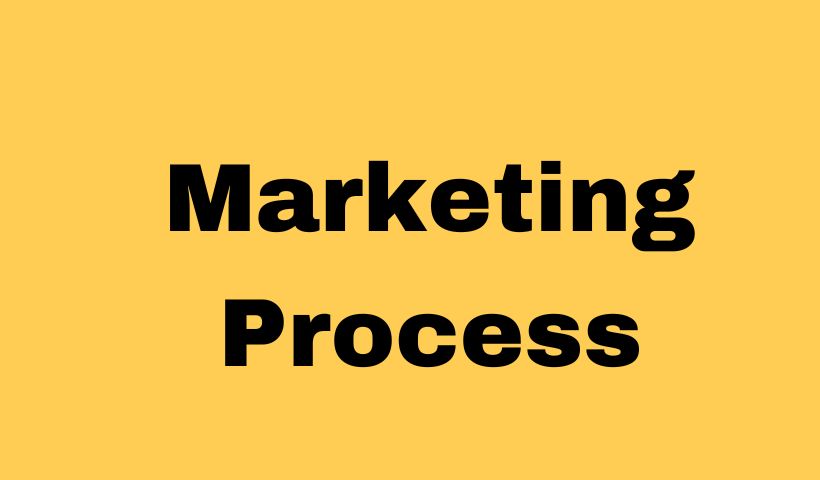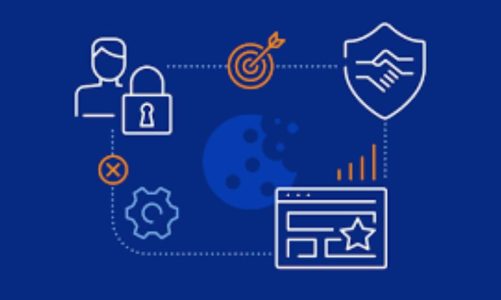Marketing Process: For a product or service to become visible to an audience of interest and for people who belong to that audience to make a purchasing decision, there must be a process, that is, a path from one point to another. In this way, the marketing process involves a series of phases that are important so that the journey can be completed. Each of these stages is important for a brand to achieve its objectives.
In this article you will be able to learn about the essential phases in a marketing process and what each one consists of.
Marketing Process: 7 Phases
- Analysis
- Investigation
- Planning
- Strategy generation
- Tactic selection
- Implementation and execution
- Evaluation and control
Analysis
Marketing is responsible for comprehensively analyzing where a company is located to identify the opportunities that a certain product or service has. In this phase, the context and challenges in the market are examined in detail. The intention is to locate gaps in a sector, underserved segments, unmet needs and areas in which the company can stand out.
For this analysis, you must know the company’s weaknesses and strengths, as well as threats and opportunities that you achieve with a SWOT analysis. It is important to identify and evaluate trends and changes in the environment that may affect the industry.
This phase of marketing focuses on discovering untapped areas for growth and differentiation.
Example of Analysis in the marketing process
Imagine a company that wants to launch a new high-end smartphone. The company would have to carry out a thorough analysis of the market for similar smartphones and the current context; for example, how much these devices are used and what features the consumer is most looking for, among other aspects. In this analysis you can find an opportunity by detecting a gap in terms of battery life and the lack of a premium design.
Research
This phase is a core part of the marketing process, because depending on the data obtained, subsequent actions will be taken. At this stage, information about the market, consumers, competition and relevant trends is collected and analyzed. The intention is to understand the needs and wants of an audience.
Creating a buyer persona is crucial at this stage and you can do it by considering the opinions of current customers and collecting valuable information to configure a more precise profile.
It is important to consider market segmentation to identify specific groups of consumers; In addition, thoroughly analyze the competition and the environment or context. This phase is largely based on obtaining data and objective analysis thereof, and thus determining the starting point for strategies.
Example of research in the marketing process
Continuing with the example of launching a new high-end smartphone, in this phase extensive research would have to be carried out to understand the needs and desires of consumers. Surveys and focus groups can be initiated to gain insight into design preferences, features, and favorite brands.
Planning
Here a detailed marketing plan will be developed that sets out the objectives. It is decided how the various marketing elements will be used, such as product, price, place, promotion, among others, to satisfy the needs and desires of the market.
It is necessary to consider that SMART objectives must be established (specific, measurable, achievable, relevant and temporal) and select the market segments to be addressed.
It may also involve the development of pricing, distribution and promotion, as well as the use of different environments or elements such as a brand’s online site, web forms, emails, among others.
This plan will guide marketing actions and decisions over time, so priorities are established and there is a structured framework for effective execution.
Example of planning in the marketing process
In this phase, clear objectives are set, such as “capture 10% of the high-end phone market share in the first year.” The target market segments are defined and the necessary resources for the design, manufacturing, promotion and distribution of the telephone are planned.
Strategy Generation
Once data has been collected, comes the strategy generation phase, in which the efforts that will guide the decisions must be developed. This phase is closely linked to the previous one, because from planning emerge the strategies that will guide and define how the company will compete in the market, how it will position itself and how it will address the needs of consumers.
Here it is relevant to consider differentiation factors, cost leadership or focus, as well as identify the unique value proposition that will be offered to the market. It is an important phase because the general strategic direction of the company is established.
Keep in mind the use of analytical marketing software that can help you with your strategies.
Example of strategy generation in the marketing process
Based on the data obtained with its focus group, the smartphone company decides to focus on differentiation, so the strategy will be to develop a high-end phone with an outstanding design and a long-lasting battery. They will focus on attracting professionals who need a reliable device for work and entertainment.
Selection Of Tactics
Here the specific tactics that will be used to execute the established strategies are chosen. It refers to the concrete actions that will be carried out to reach consumers, promote products and achieve objectives. Considers the choice of promotion, advertising and distribution channels, as well as the construction of advertising campaigns, promotions and events.
This stage focuses on practical and tactical actions, so it requires a detailed understanding of marketing media and channels. Additionally, you will need to ensure that tactics are aligned with overall strategies.
Example of selecting tactics in the marketing process
Consistent with our example of launching a new smartphone, in this phase it is decided to use a combination of online and offline marketing strategies. Advertising campaigns are planned on social networks, as well as collaborations with technological influencers. Launch events will also be organized in key cities.
Implementation And Execution
This phase is crucial because it is time to get to work. Here the strategies and tactics outlined in the marketing plan are carried out. Products are launched, promotional campaigns are implemented, distribution channels are established and relationships with customers are established.
Consider that you require coordination and allocation of resources to carry out the strategies. You will see advertising campaigns, promotions and sales activities implemented. It also involves the establishment of distribution and logistics channels.
It is important to highlight that effective management of resources and personnel is required. Remember that at this stage consistency in execution is key to achieving the desired impact.
Example of implementation and execution in the marketing process
Now it is time to launch the new smartphone, for which the design of the phone is already available, so it is manufactured and the company decides to carry out an expectation campaign on social networks. Launch events and online announcements should also be prepared.
Evaluation And Control
In this last phase of the marketing process, the performance of the implemented strategies and tactics is monitored and evaluated. It is important to contrast the objectives with what has been achieved and correct the course, if necessary.
Consider measuring key performance indicators (KPIs) to evaluate success and identify areas for improvement and untapped opportunities. At the same time, you will be able to adapt your strategies according to the analysis of the results.
At this stage you can focus on customer feedback and results analysis data, as this will facilitate informed decision making.
Example of evaluation and control in the marketing process
As you have seen with the example, the marketing process has evolved and the new product has already been launched. Now it’s time to quantify the results. In this case, indicators such as sales, website traffic and interaction on social networks are measured.
Conversions are tracked and performance is compared to established goals. The new smartphone has been a success, so the company can continue down that path; but it also detected a segment of young people as an area of opportunity and will adapt its strategies accordingly.
Knowing the phases in the marketing process is important so that you have control of all the actions you carry out between a brand and its audience. Each stage requires specific attention and effort: carry them out with a comprehensive vision in which you know that a well-achieved first phase will be the success of the phase that follows.
Also read : OgInject.VIP




